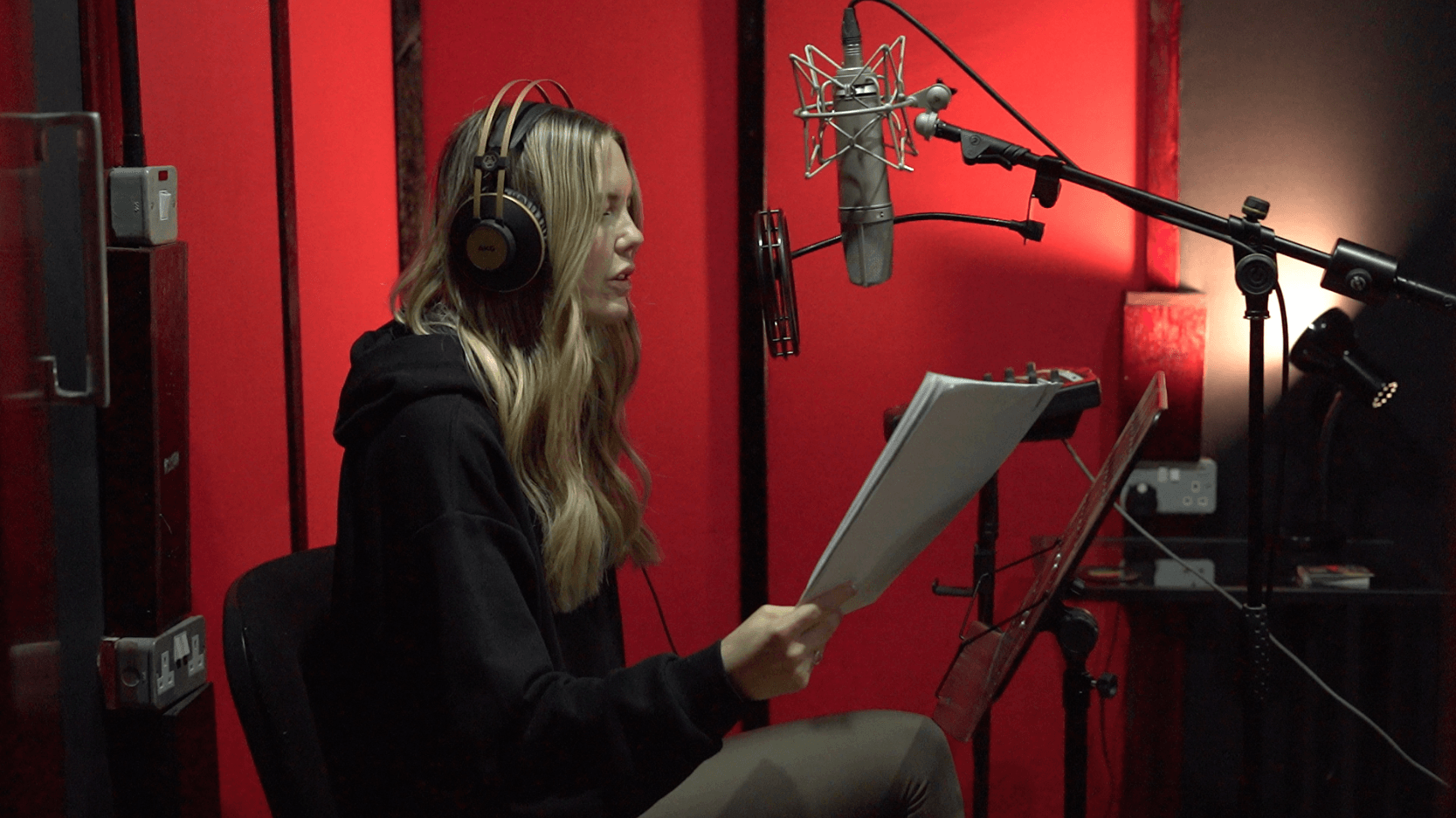Complete Guide to Studio Drums Setup
Recording drums in a studio is a complex endevour that demands a deep understanding of both technical equipment and the physical aspects of the instrument. Proper microphone selection and placement, along with precise drum tuning, are key to achieving a powerful, clear drum sound. Here, we’ll explore the best practices for miking each component of the drum set, including often overlooked elements like the hi-hat and ride cymbals, as well as the importance of drum tuning.
1. Select the Right Microphones:
Opt for robust dynamic microphones for the kick, snare drums and toms Condenser microphones are ideal for overheads and cymbals due to their sensitivity and wide frequency response. Ribbon mics are also good for warm overheads sound.
2. Strategic Microphone Placement:
- Kick Drum:
Place the mic inside near the beater for attack; outside near the front head for boom. Consider using two mics to capture both sounds.
- Snare Drum:
A top mic captures the strike, while a bottom mic catches the snare rattle. Ensure both are in phase.
- Toms:
Position mics a few inches above, angled toward the drum center.
- Overheads:
Set up condenser mics in an X-Y configuration or as a spaced pair above the kit.
- Hi-Hat:
Use a small-diaphragm condenser mic placed 3-4 inches above the hi-hat, angled away from the snare to avoid bleed.
- Ride Cymbal:
A dedicated mic, such as a small-diaphragm condenser, should be positioned 4-6 inches above the ride, pointing slightly towards the edge to capture the bell and bow sounds distinctly.
3. The Importance of Drum Tuning:
Tuning is crucial for the drum’s sound quality. Tight, well-tuned drums sound punchier and more coherent in the mix. Each drum should be tuned to eliminate extraneous overtones and ensure they project clearly. This tuning not only affects the acoustic sound but also how the drums interact with the studio mics, impacting the final recorded output.

4. Additional Recording Techniques:
- Room Mics:
Enhance depth by capturing ambient sound with room mics placed strategically around the perimeter of the room.
- Phase Checking:
Always check the phase alignment when using multiple mics, especially critical when miking top and bottom of snares or near other cymbals.
- Gating and Compression:
Utilize gating to clean up the mix and compression to balance the dynamic range of the drum performances.
5. Comfortable Studio Environment
Ensuring that the drummer is well-prepared and comfortable is as important as any technical setup. It’s crucial for the drummer to be able to hear himself and the rest of the track clearly. Using a high-quality demo track during recording sessions can guide the drummer, helping them keep time and understand the song’s dynamics and energy better. This preparation allows for a more cohesive performance, as the drummer can play in context with the intended style and feel of the track, significantly enhancing the overall quality of the drum recording.
Properly preparing with these techniques, from microphone setup to tuning and demo use, ensures that the drum tracks are not only technically sound but also musically inspiring.






